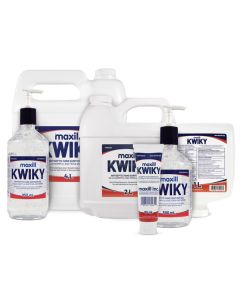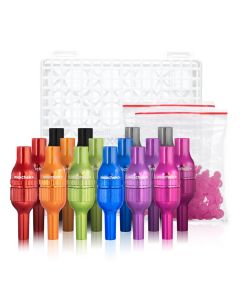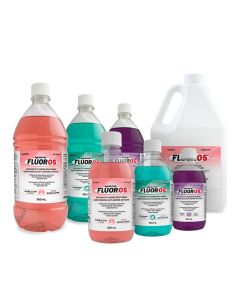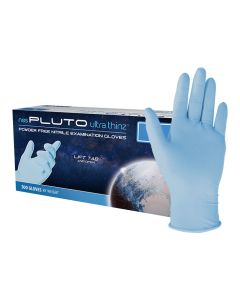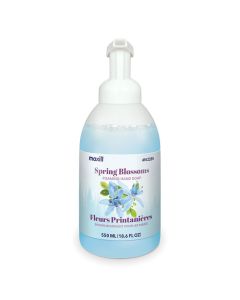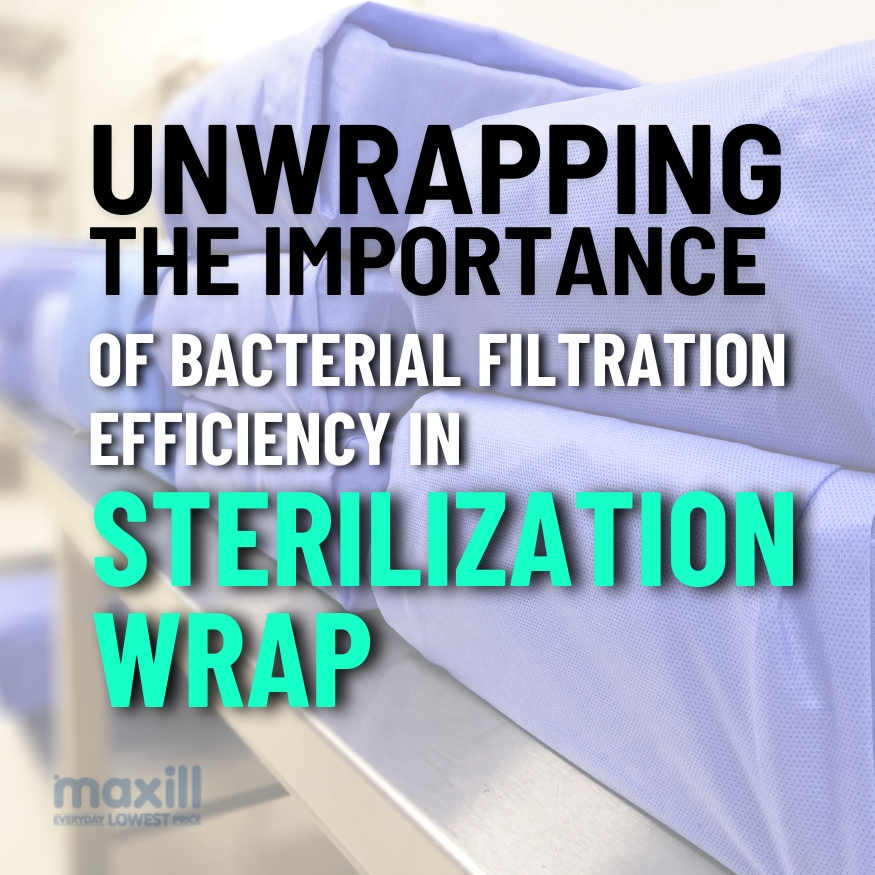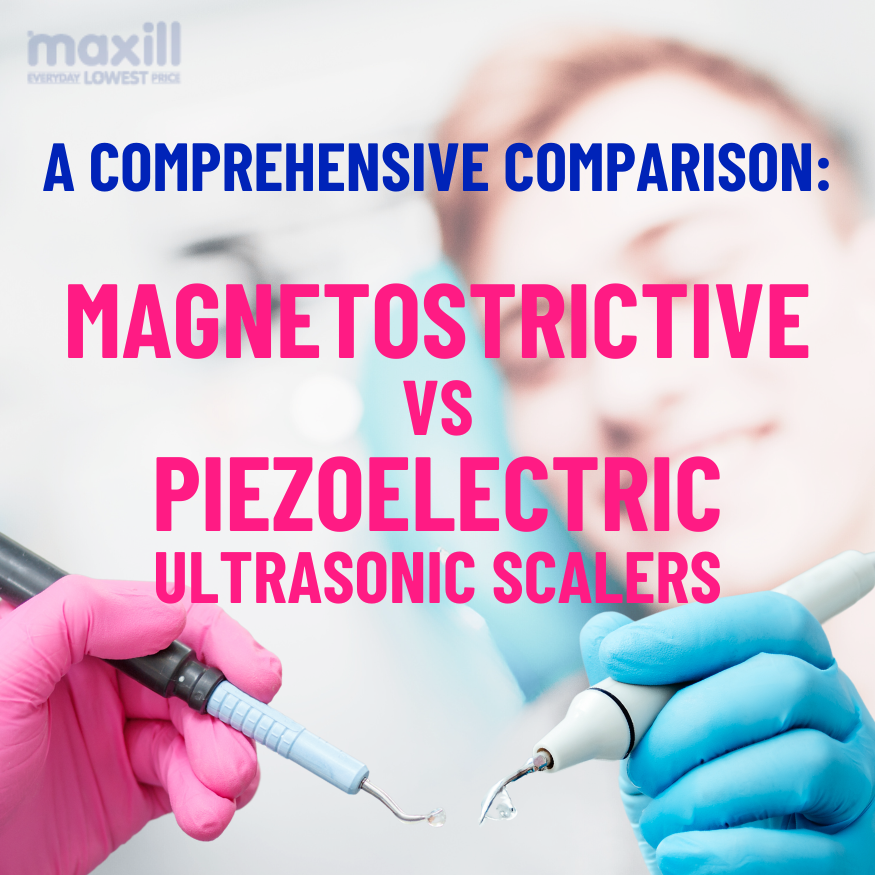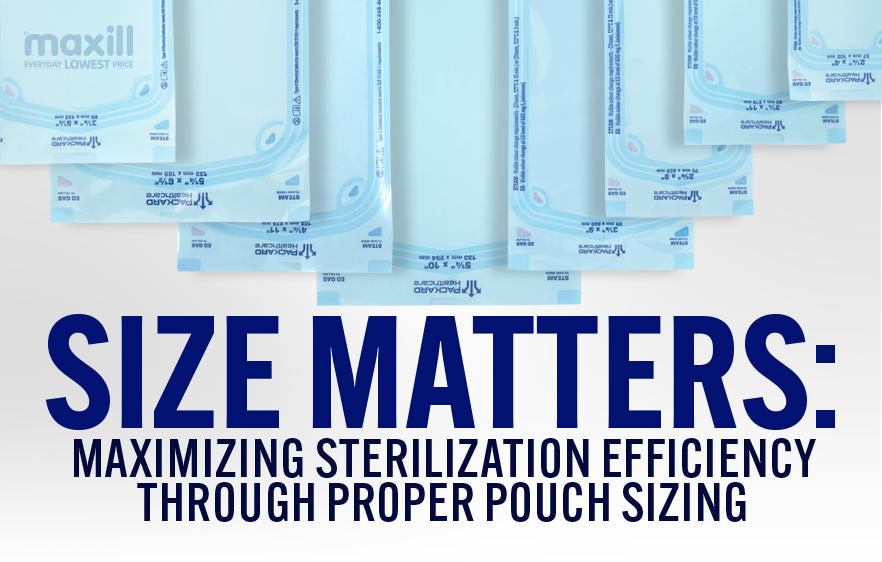Home Page
Featured Products
Lab Tested
tb Minuteman NEX GEN Disinfectant Wipes demonstrate a 1-minute kill time against COVID-19.
Learn MoreCOVID Resources
Visit our COVID Resource page for a collection of resources to help navigate new regulations.
Learn MoreOEM and Private Label Manufacturing
Need large volumes, OEM or private label manufacturing? We've got you covered.
Learn MoreRecent Blog Posts
-
Posted: April 12, 2024Read more »
Bacterial Filtration Efficiency (BFE) is a measure used to evaluate the effectiveness of material at filtering out bacteria from a liquid or aerosolized solution. It’s often used in the context of healthcare settings, including dental offices, to assess the performance of sterilization wraps.
In dental offices, Infection Prevention and Control (IPAC) protocols are critical for maintaining a safe and sterile environment for patients and staff. Sterilization wraps are used to cover instruments and equipment to prevent contamination and ensure the remain sterile until use.
The BFE of sterilization wraps indicates how well the material can filter out bacteria, which is crucial for preventing the transmission of infectious agents during dental procedures. Higher BFE values signify better filtration efficiency, meaning the wrap is more effective at preventing bacterial contamination.
-
Posted: April 05, 2024Categories: IPAC Compliance , Personal Protection and Safety , Infection Control , Dental Hygiene , ProfessionalRead more »
Spaulding’s classifications are a system used to categorize medical devices and equipment based on the risk of infection associated with their use. This system was created by Dr. Earle H. Spaulding in the mid-20th century and has since become a standard in healthcare settings, including dental offices. There are three main classifications in the Spaulding system: critical, semi-critical, and non-critical.
Critical items are those that come into contact with sterile tissue or the vascular system, posing the highest risk of infection if contaminated. In a dental office, critical items may include surgical instruments like scalpels and forceps. These items must be sterilized after each use to eliminate any potential pathogens.
Semi-critical items are those that come into contact with mucous membranes or non-intact skin but d
-
Posted: March 29, 2024Read more »
Dental is a fundamental procedure in oral healthcare, essential for maintaining optimal dental hygiene and preventing oral diseases. Among the various tools and techniques employed in dental debridement, two prominent methods stand out: magnetostrictive scalers, and piezoelectric scalers. Understanding the differences between these two ultrasonic scalers is crucial for dental professionals to make informed decisions about their clinical practices and provide the best possible care for their patients.
Magnetostrictive scalers and piezoelectric scalers operate on distinct principles, each offering unique advantages and drawbacks. In this comprehensive comparison, we dive a little deeper into the intricacies of these two methods, exploring their mechanisms of action, applications, and the highlights and challenges associated with each.
As we embark on this exploration,
-
Posted: March 22, 2024Read more »
In healthcare facilities, meticulous attention to detail is paramount to ensure patient safety and uphold infection prevention and control (IPAC) standards. Among the myriad of considerations, selecting the appropriate size sterilization pouches might seem like a minor aspect, yet its significance cannot be overstated. Proper sizing not only ensures the effectiveness of sterilization processes but also plays a pivotal role in IPAC compliance and operations optimization within healthcare facilities. Let's explore key factors to look for in a sterilization pouch, review the importance of choosing the proper sizes, and why it is crucial for maintaining stringent IPAC protocols.
Understanding Sterilization Pouches
Sterilization pouches serve as a crucial barrier system designed to maintain the sterility of medical or dental instruments and equipment until they












